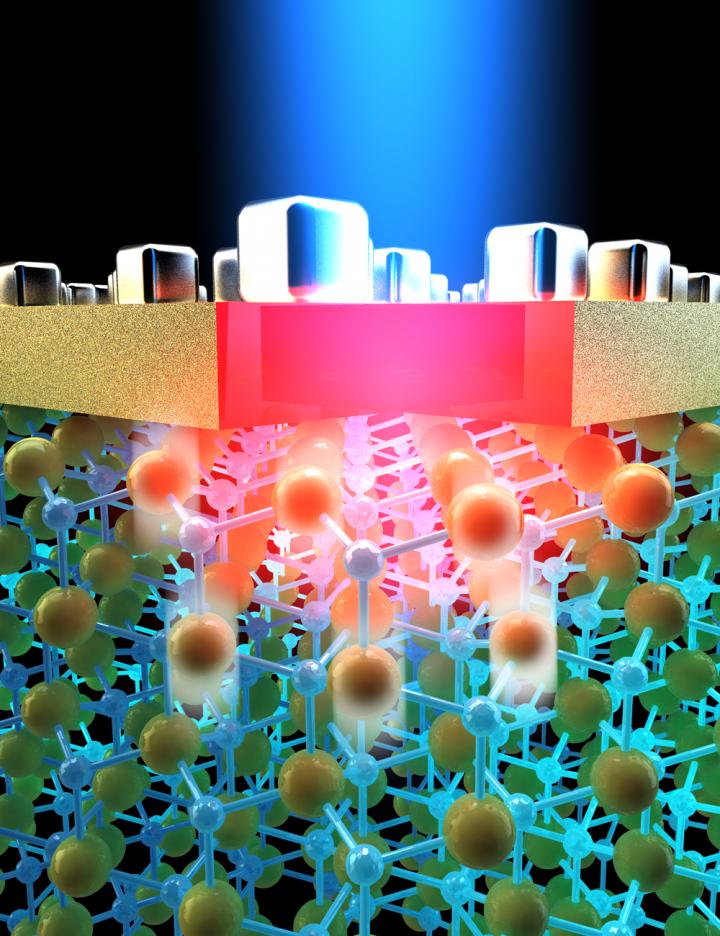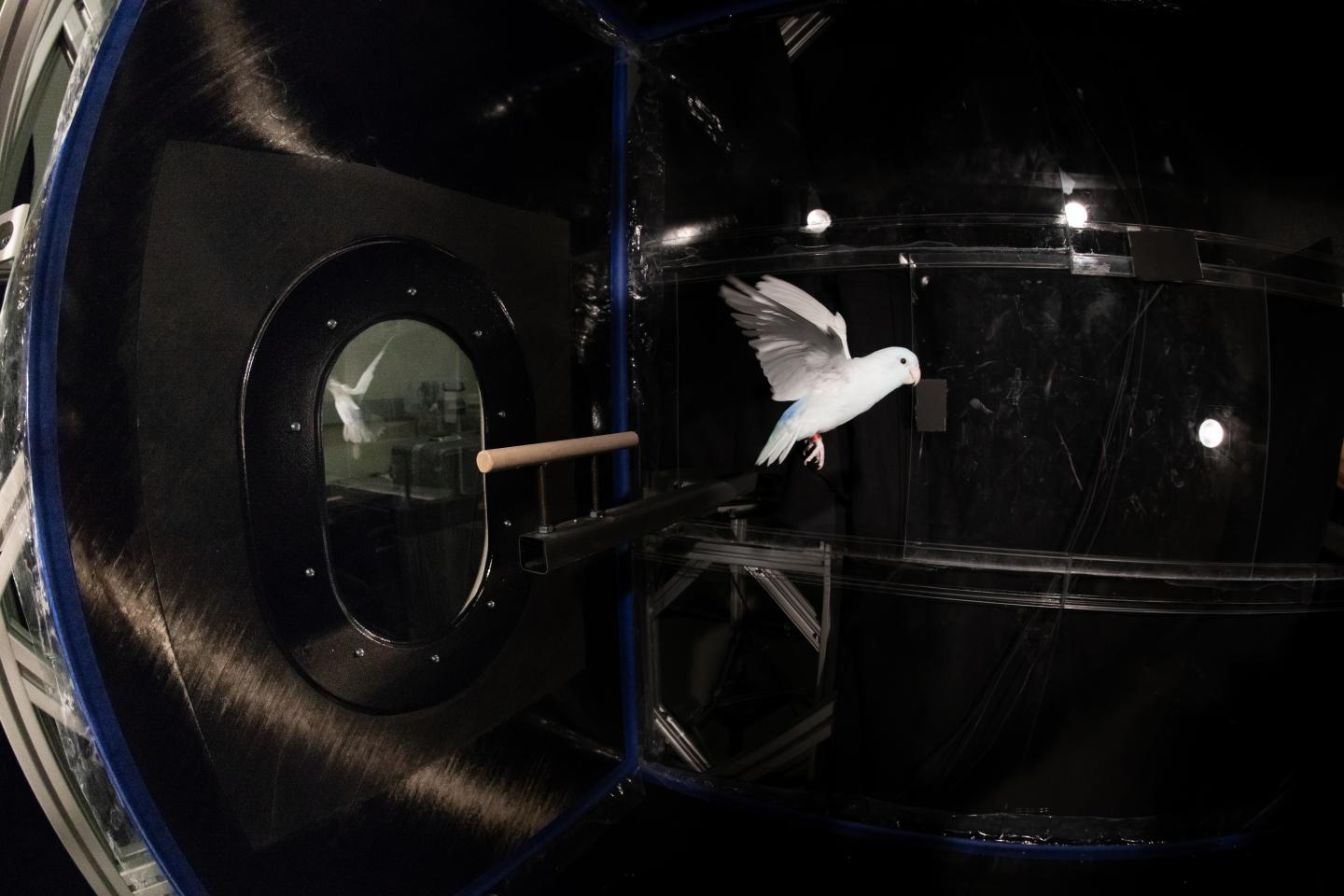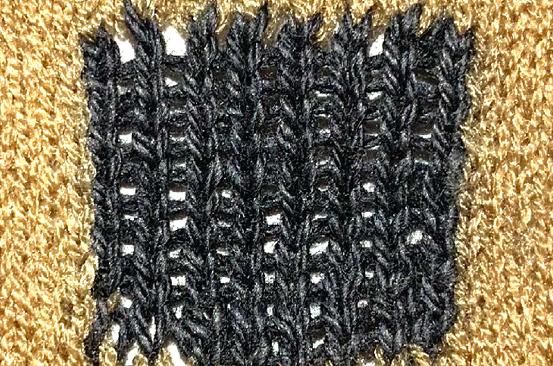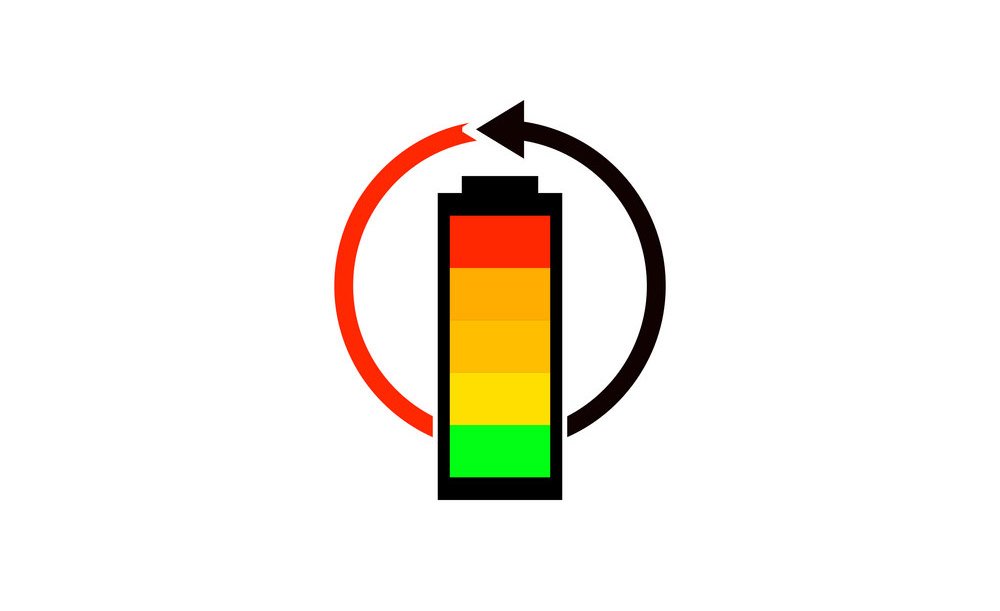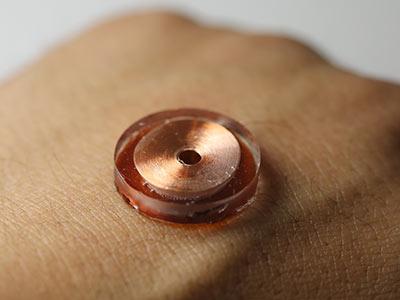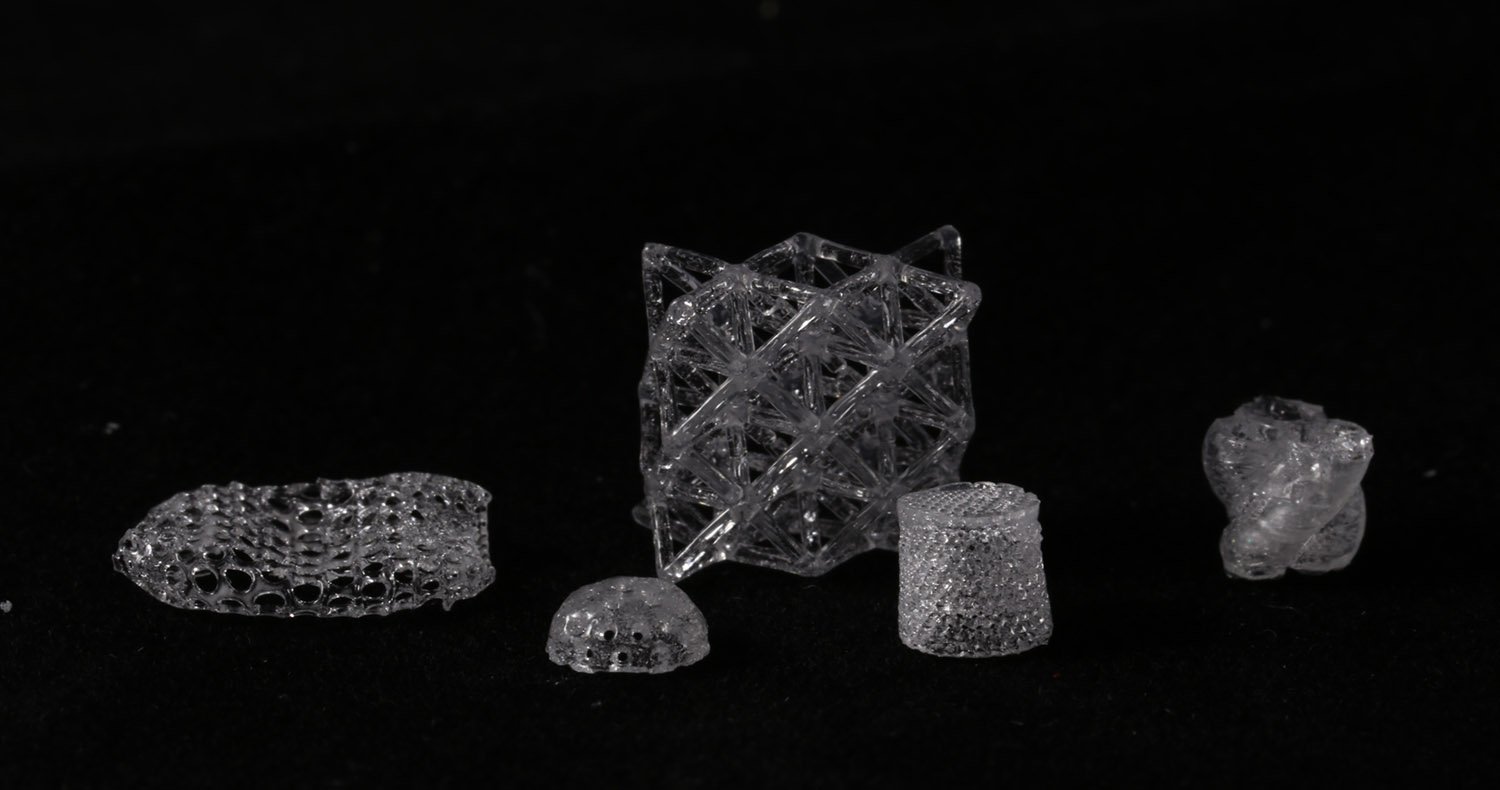Light-trapping nanocubes drive inexpensive multispectral camera
Researchers at Duke University have demonstrated photodetectors that could span an unprecedented range of light frequencies by using on-chip spectral filters created by tailored electromagnetic materials. The combination of multiple photodetectors with different frequency responses on a single chip could enable lightweight, inexpensive multispectral cameras for applications such as cancer surgery, food safety inspection and … Read more
